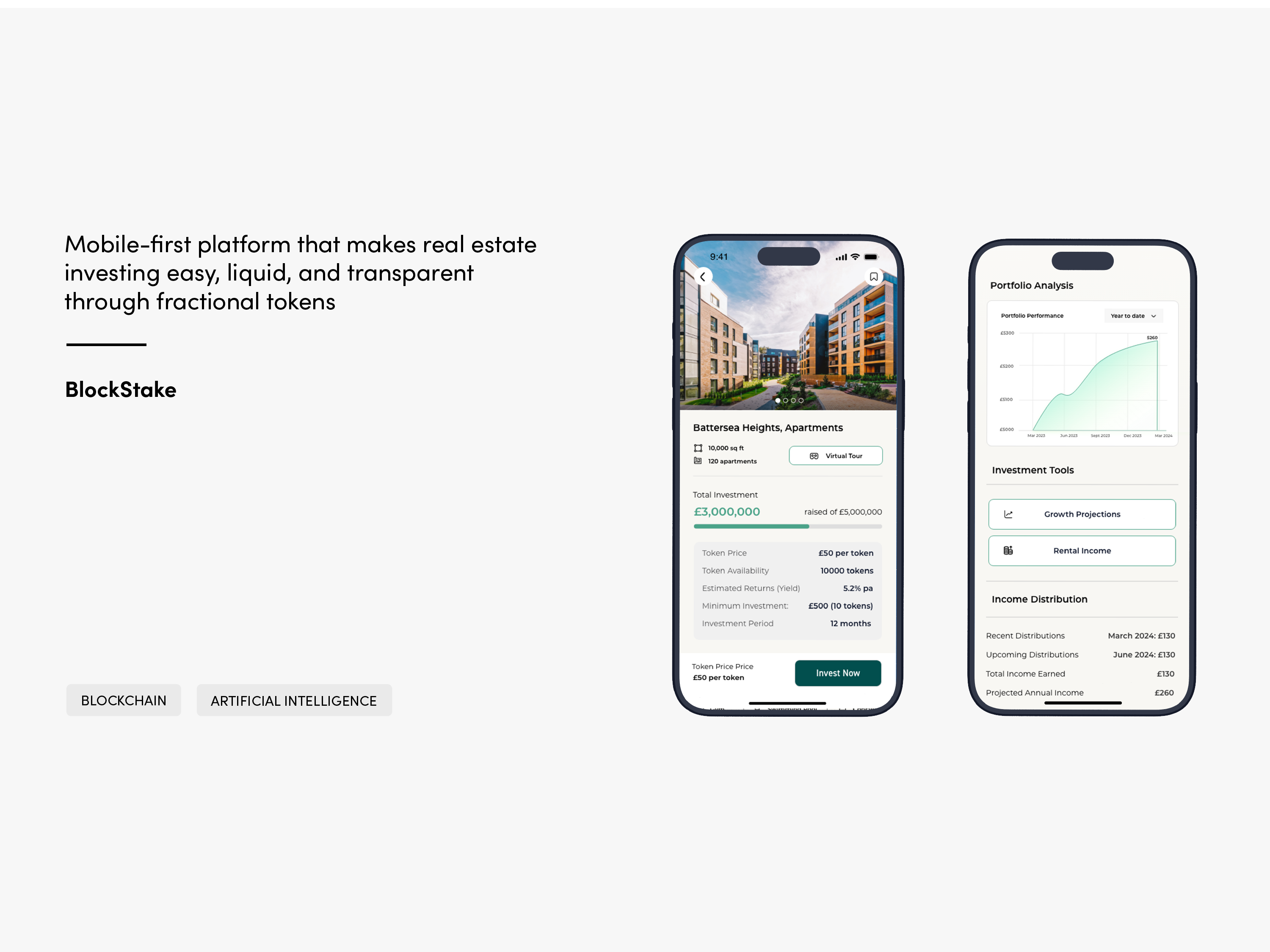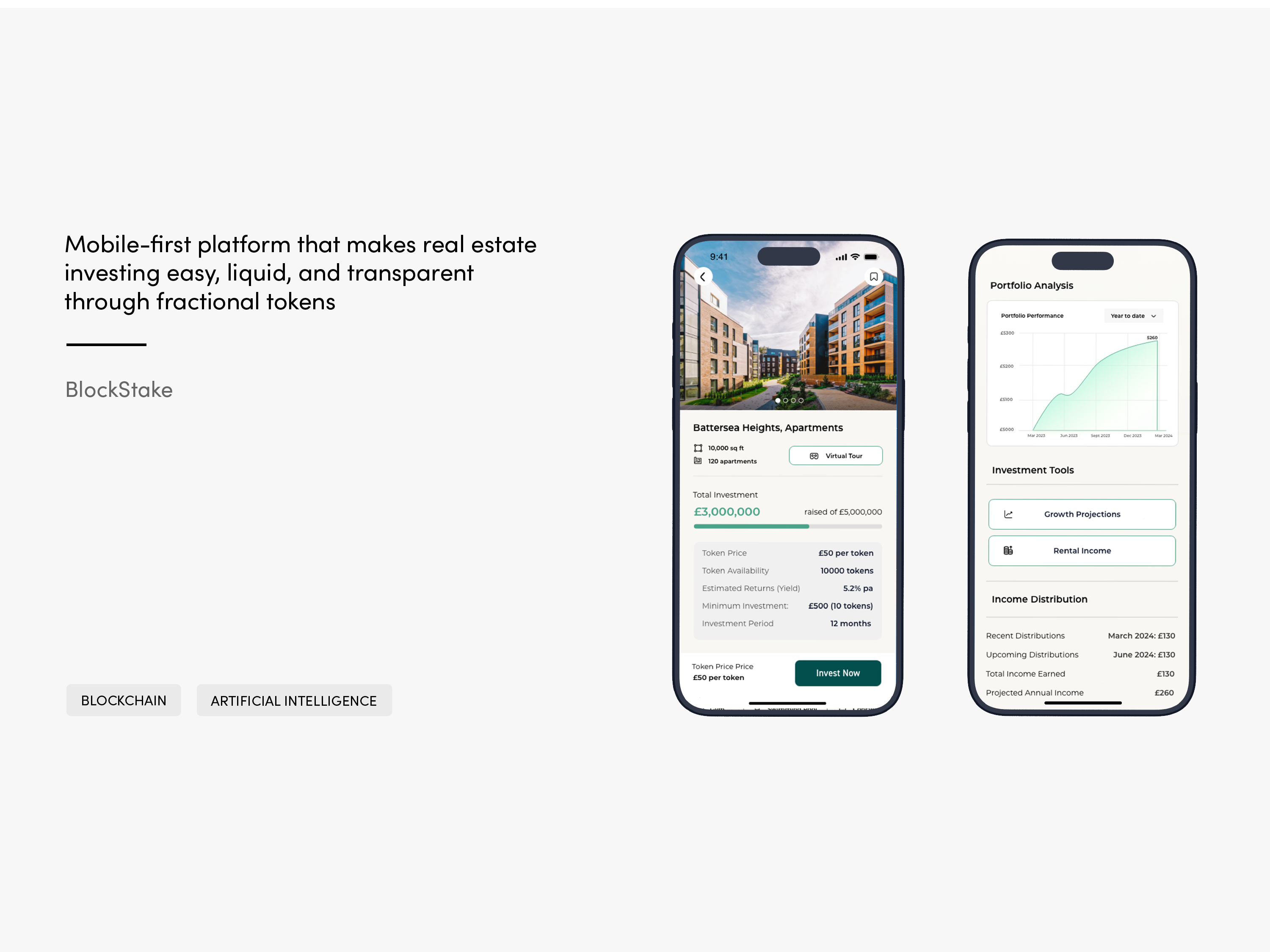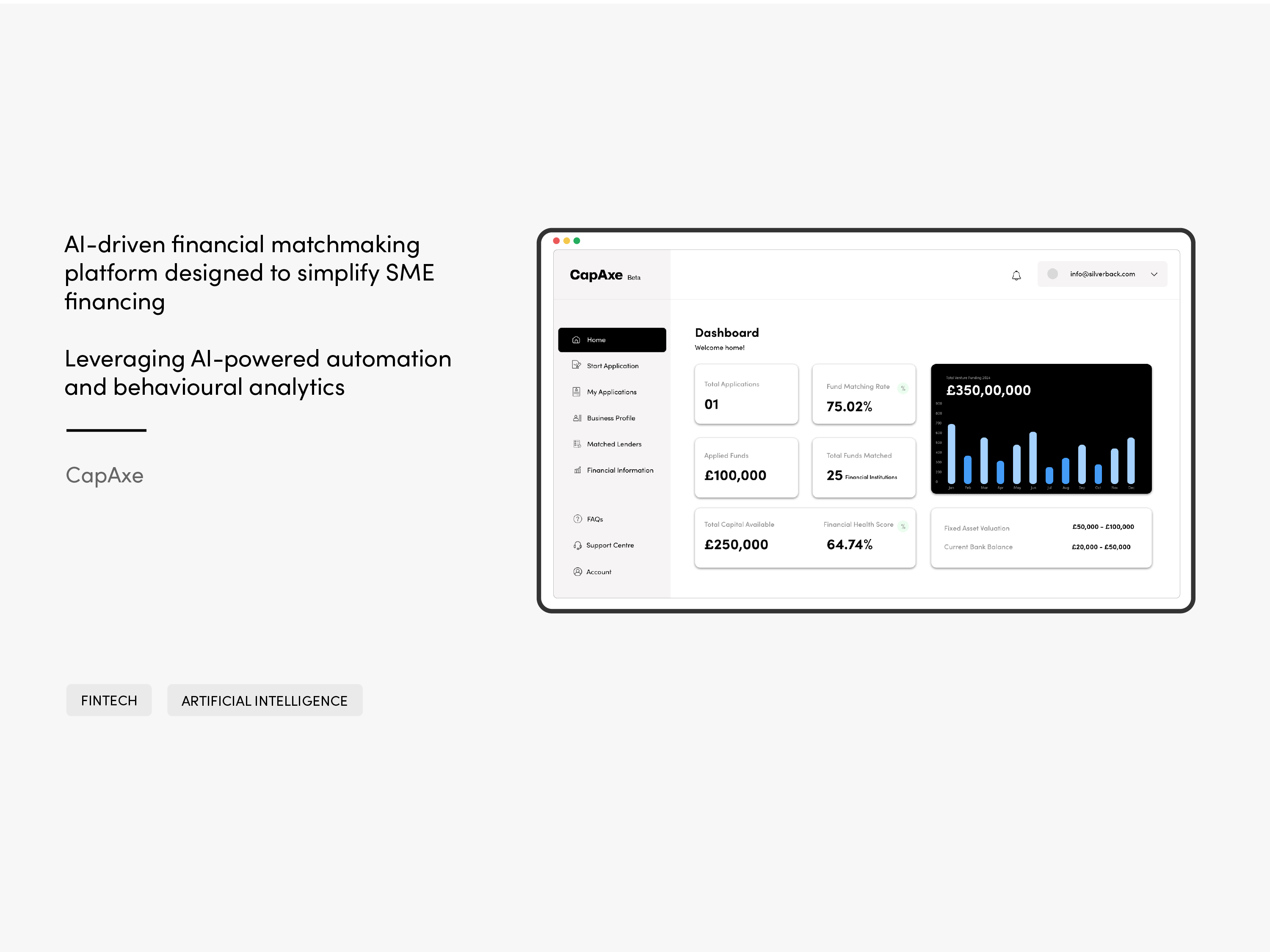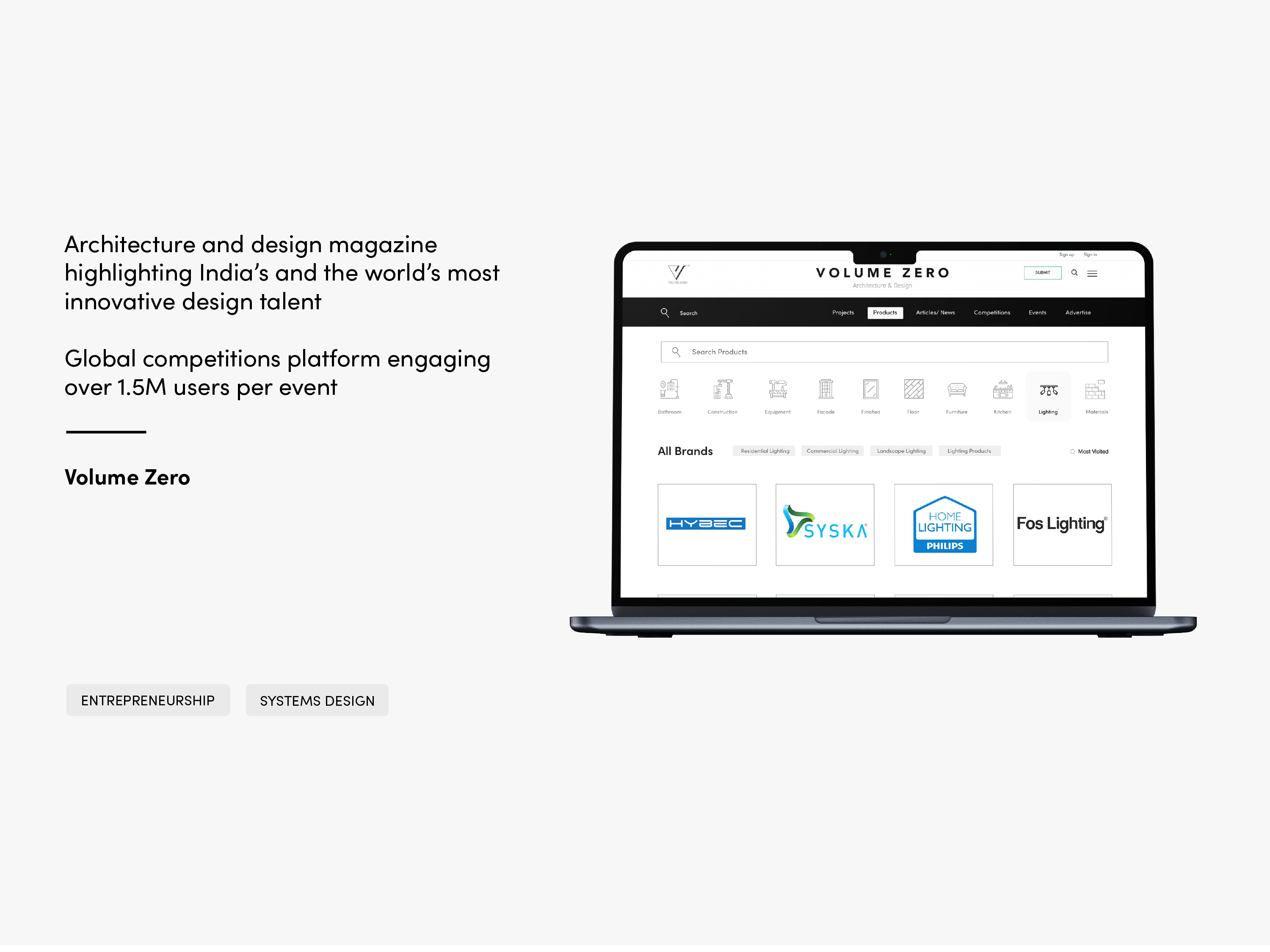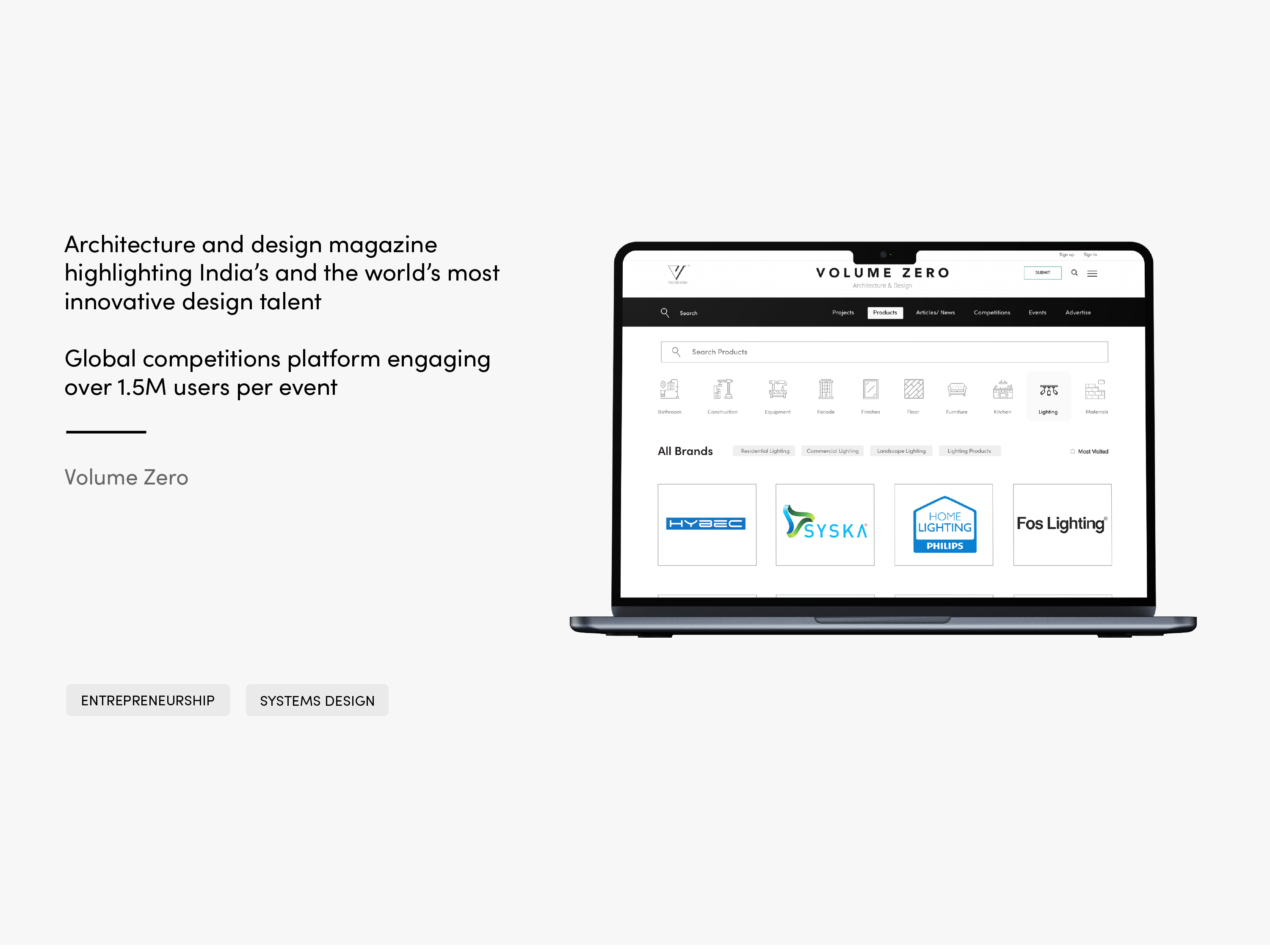AI-powered solution that streamlines productivity through automation and behavioural insights
AW
Despite the abundance of productivity tools, professionals and students face fragmented workflows and cognitive overload—Promind streamlines productivity with AI-driven automation, behavioural insights, and seamless cross-platform integration. Rooted in user research and psychology, Promind anticipates needs, optimises cognitive load, and fosters sustainable productivity. This case study explores the design strategy behind creating a solution that empowers users with clarity, control, and efficiency.
Project Type
UX/UI, Brand expansion
Text
Overview
In an era where digital productivity tools are abundant yet often overwhelming, professionals and students still struggle with fragmented workflows, cognitive overload, and inefficiencies. Promind is designed to bridge this gap by integrating AI-driven automation, behavioural insights, and seamless cross-platform synchronisation into a unified, intelligent system.
By leveraging deep user research and psychological principles, Promind goes beyond traditional task management. It proactively anticipates user needs, optimises cognitive load, and fosters sustainable productivity habits. Through a human-centred approach, rigorous iteration, and strategic design decisions, the platform delivers an intuitive and efficient experience that simplifies workflow management while enhancing focus and well-being.
This case study explores the research, ideation, and design process behind Promind, illustrating how a thoughtful and data-driven approach can redefine productivity in a space often dominated by complexity.
Brand Identity
The brand identity is designed to reflect clarity, intelligence, and effortless productivity. The interconnected logo represents fluidity, cognitive synergy, and seamless workflow management—key aspects of the app’s experience. The teal green colour palette conveys focus, innovation, and a refreshing break from the often cluttered productivity space, while the clean typography ensures readability and approachability.
Every touchpoint, from the app icon to branded merchandise, maintains a cohesive and recognisable presence, reinforcing Promind’s commitment to simplifying productivity without overwhelming users. The identity seamlessly blends form and function, making productivity not just efficient, but also visually engaging and intuitive.
The Process
Discovery
__________________________________________________________
The development of Promind began with an in-depth exploration of the modern productivity landscape. Despite an overwhelming number of digital tools available, research revealed persistent challenges: fragmented workflows, cognitive overload, and inefficiencies in task management. By conducting market analysis, behavioral psychology research, and user interviews, the team identified key opportunities to create a more intuitive, AI-driven productivity solution. Insights from neuroscience-backed focus techniques and motivational strategies laid the foundation for a platform designed to optimize both task execution and mental well-being
Define
__________________________________________________________
With a clear understanding of user pain points, Promind’s strategic direction was defined by analysing user personas, behavioural patterns, and workflow inefficiencies to align with real-world challenges. The goal was to create an AI-powered ecosystem that enhances task management while anticipating user needs. Core functionalities—automatic task scheduling, adaptive focus modes, and real-time performance insights—were meticulously designed for a seamless, personalised experience.
Design
__________________________________________________________
The design phase transformed strategic insights into a cohesive, human-centred experience. Low-fidelity wireframes, interactive prototypes, and a refined visual identity ensured a clean, minimalistic, and distraction-free interface. Iterative testing and validation refined interactions for intuitive and effective user engagement.
Deliver
__________________________________________________________
The final stage ensured seamless execution and scalability through . Every detail—from adaptive interfaces to micro-interactions—was refined to enhance productivity without overwhelming the user. The result is a polished, high-performance solution, delivering a data-driven, intelligent, and deeply personalised experience for modern professionals.
Visual Abstract
The visual framework explores key factors shaping productivity, including habit formation, cognitive load, time perception, and neural plasticity. It integrates scientific principles like the habit loop, dopamine regulation, and the Zeigarnik effect, alongside productivity techniques such as time blocking and the Pomodoro method, to address task management challenges.
The sketch also examines digital productivity tools, data visualisation, and behavioural insights, emphasising how AI-driven solutions can enhance focus, motivation, and workflow efficiency. As an early ideation phase, it informs UX strategy and feature development, ensuring Promind is grounded in behavioural science and real user needs.
Recruitment poster for productivity research
User Research & Focus Group Study
It showcases the research interview recruitment poster, inviting university students and early professionals to participate in a study exploring productivity challenges. A total of 10 participants contributed through structured interviews, sharing insights into their task management habits, struggles, and efficiency strategies.
The sessions provided valuable qualitative data, helping to identify recurring themes, user behaviours, and critical pain points. The insights gathered from both activities played a pivotal role in shaping the design development of Promind, ensuring a human-centred, research-driven approach to productivity enhancement.
Literature Mind Map
The Literature Mind Map explores key productivity factors—procrastination, motivation, time management, and cognitive load—shaping Promind’s AI-driven design. Drawing from psychology, neuroscience, and behavioral science, it defines principles like habit formation, neural plasticity, and self-regulation to enhance productivity.
The research examines intrinsic vs. extrinsic motivation, dopamine’s role in focus, and time management strategies. Statistics on procrastination and workplace inefficiencies highlight the need for a personalised, behaviour-driven system. This framework ensures Promind aligns with user behaviours, optimises cognitive performance, and fosters long-term engagement for a seamless, science-based productivity experience.
Strategic Design Process
The process began with extensive user research, focusing on students, professionals, and high-performance individuals to extract key pain points in their workflow and task management habits. This phase involved one-on-one interviews, focus group studies, and data mapping exercises, providing qualitative and quantitative insights into habit formation, time allocation, and mental fatigue.
A structured brainstorming framework helped distill core behavioural patterns, focusing on habit loops, decision fatigue, and attention fragmentation. These findings were cross-referenced with literature reviews on productivity science, ensuring that every design decision was grounded in neuroscientific principles, intrinsic motivation theory, and cognitive psychology.
Seamless Onboarding & Intelligent Task Management
The wire-flow is meticulously designed to ensure a frictionless onboarding experience and an intuitive task management system. The journey begins with a guided walkthrough, introducing users to Promind’s AI-driven productivity framework before seamlessly transitioning into account setup and personalisation.
Strategic decisions were made to streamline data input, allowing users to define preferences, productivity goals, and scheduling habits without cognitive overload. This enables dynamic AI recommendations that adapt to individual workflows.
Upon entering the home dashboard, users can quickly create tasks, set reminders, and refine focus modes through an intuitive, structured layout. Every interaction was designed to , ensuring efficiency and engagement while reinforcing habit formation and behavioural consistency. This user flow reflects a deep understanding of productivity psychology, shaping an experience that feels natural, adaptive, and intelligent.
Wire-Flow
Typography & Colour Palette
To reflect Promind’s clarity and focus-driven design, a refined colour palette was crafted to enhance both usability and aesthetics. The primary hues, Eastern Blue and Botticelli, evoke clarity, calmness, and productivity, while neutral tones of Beige, Black, and White ensure contrast, readability, and accessibility.
This balanced palette supports visual hierarchy and seamless UI integration, creating a clean, distraction-free environment that fosters deep work and efficiency.
Overview
Dark Mode: Optimised for Focus and Comfort
The dark mode enhances readability and usability in low-light settings while reducing eye strain. Designed for seamless personalisation, it maintains visual harmony with the light theme, ensuring a cohesive and intuitive experience across all user preferences.
Overview
Dark Mode for Enhanced Focus
Custom Illustrations & Iconography
The illustration and icon system is designed to enhance clarity and engagement while maintaining a cohesive brand identity. The minimalist, continuous-line illustrations introduce a sense of fluidity and focus, reinforcing the app’s productivity-driven ethos.
To support intuitive navigation, a structured iconography system was developed, balancing simplicity with functionality.
AW
Overview
Intelligent & Frictionless Productivity Experience
Promind’s interface is designed to minimise cognitive load while maximising efficiency, ensuring a seamless, structured, and intuitive user journey.
The onboarding flow is deliberately simple, guiding users through with minimalist visuals and concise messaging.
The analytics dashboard priorities data clarity, leveraging visual hierarchy and interactive elements to deliver real-time, actionable insights without overwhelming the user.
Task management is built for instant recognition and ease of use, employing colour-coded prioritisation and a floating action button for rapid input and seamless navigation.
Music mode enhances focus by syncing with Spotify and other music apps , allowing users to curate task-specific playlists and reinforce habit-driven deep work sessions.
The design is rooted in adaptive intelligence and user empowerment, ensuring that every interaction feels intentional, efficient, and effortless.
Adaptive Productivity Solution
The UI balances clarity, functionality, and personalisation to create a seamless productivity experience. A minimalist interface, colour-coded priorities, and progressive disclosure reduce cognitive load while enhancing usability. Focus and Music modes support deep work with habit-forming design, while the Board screen fosters visual organisation. AI-powered scheduling and analytics optimise workflows with smart recommendations and real-time insights, ensuring a frictionless, adaptive, and intelligent productivity ecosystem.
Reflections & Learnings
User Research & Validation – Extensive testing revealed the need for habit-driven workflows, cognitive load reduction, and adaptive automation, shaping core design principles.
AI-Driven Scheduling Optimisation – Iterative testing ensured task automation felt intuitive, balancing AI-driven recommendations with user autonomy to avoid intrusive automation.
Music & Productivity Integration – User feedback validated the effectiveness of Spotify synchronisation, reinforcing the connection between audio-driven focus and sustained deep work.
Motivation & Engagement Strategy – Testing emphasised the impact of intrinsic motivation, leading to the development of a customisable Motivational Board for long-term engagement.
Iterative Refinement & Scalability – Continuous testing cycles refined navigation, accessibility, and interaction flows, ensuring a frictionless, adaptive, and high-performing productivity experience.
